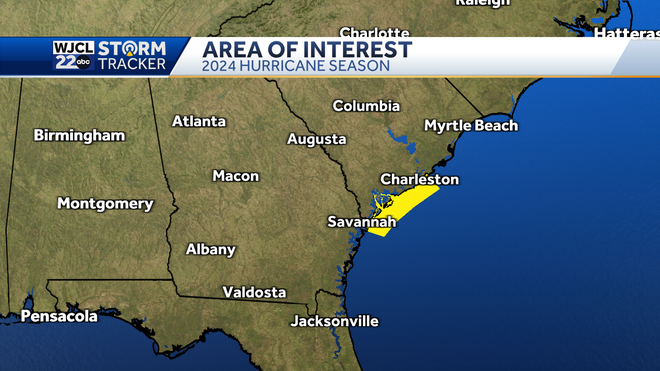There's also this:

Follow along with the video below to see how to install our site as a web app on your home screen.

Note: this_feature_currently_requires_accessing_site_using_safari
There's also this:




Highly doubt it will amount of anything but...
Tweet from someone who said there was a very, very small chance of a subtropical storm forming.What is this?
I remember seeing something about this and I was talking about on Discord.Tweet from someone who said there was a very, very small chance of a subtropical storm forming.
All the high-ACE forecasts are, in my view, going to bust very badly. (In particular, all of CSU’s previous calls for ACE of > 160 units ended up verifying much lower than expected.) The most recent dynamical modelling shows a stronger Newfoundland warm pool, and a warmer subtropical North Atlantic, along with a weaker +AMO compared to that on previous runs. This implies that stability and shear will be an issue once more, as the warmest +SST anomalies will be north of the deep tropics during the peak of the season. Merely having well-above-average MDR temperatures will not be enough to ensure hyperactivity, even with La Niña, if the preponderance of the warmth is up near the Canadian Maritimes. I think that actual ACE units will end up somewhere in the 140s, but not much higher, if at all. That would still be above average, however, but in no way hyperactive. The “hurricane season from Hell,” to paraphrase AccuWeather, most likely won’t be, at least ACE-wise (landfalls could always be another story, but historically, most U.S. major landfalls originated between Africa and the Lesser Antilles, if I recall correctly).

